Home>Renovation & DIY>Tools & Equipment>How To Clean Dried Paint Brushes
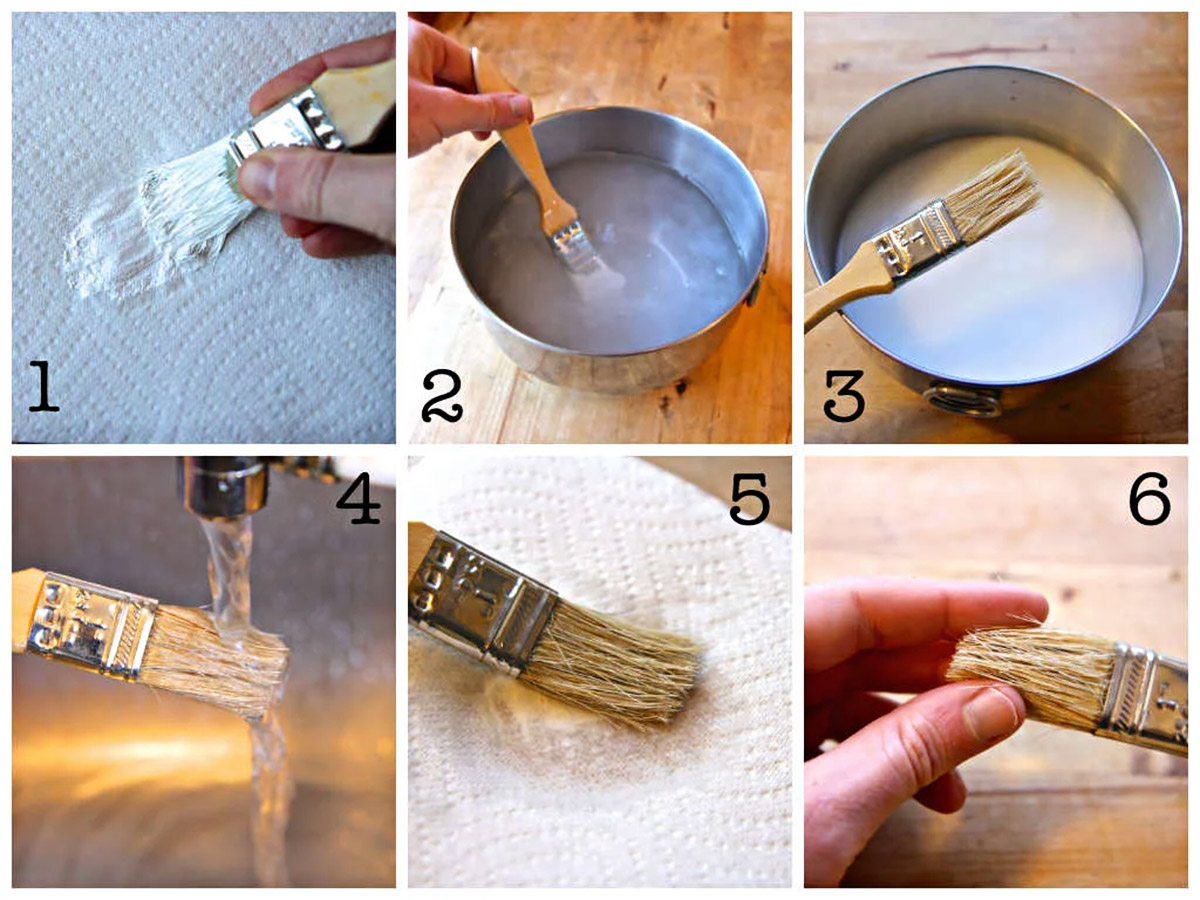

Tools & Equipment
How To Clean Dried Paint Brushes
Modified: February 28, 2024
Learn how to effectively clean dried paint brushes using the right tools and equipment. Keep your brushes in top condition for your next painting project.
(Many of the links in this article redirect to a specific reviewed product. Your purchase of these products through affiliate links helps to generate commission for Storables.com, at no extra cost. Learn more)
Introduction
Painting can be a rewarding and enjoyable activity, but when it comes to cleaning up afterwards, it’s a different story. One of the biggest challenges is cleaning dried paint brushes. If left neglected, dried paint can ruin the bristles, rendering them useless for future projects. However, with the right tools and techniques, you can effectively clean dried paint brushes and restore them to their original condition.
In this article, we will walk you through the step-by-step process of cleaning dried paint brushes. From gathering the necessary materials to the final brush conditioning and drying, we’ll cover everything you need to know to bring your brushes back to life.
So before you toss out your brushes or resort to using subpar tools, let’s dive into the world of paint brush cleaning and find out how to salvage those dried brushes.
Key Takeaways:
- Revive dried paint brushes by gathering materials, removing excess paint, soaking, cleaning with soap and water, conditioning, and drying. Follow additional tips for optimal results and brush longevity.
- Save money and maintain high-quality tools by effectively cleaning and rejuvenating dried paint brushes. With the right tools and techniques, restore brushes to their former glory for future projects.
Read more: How To Fix Dry Paint Brushes
Materials Needed
Before you begin the process of cleaning your dried paint brushes, it’s important to gather all the necessary materials. This will ensure that you have everything you need on hand, making the cleaning process smoother and more efficient.
Here are the materials you will need:
- A container or jar large enough to hold the brushes
- Paint thinner or mineral spirits
- Soap or dish detergent
- A brush comb or wire brush
- A soft cloth or paper towels
- A brush conditioner or hair conditioner
- A drying rack or a clean surface to lay the brushes flat
It’s important to note that the type of paint you were using will determine the specific cleaning materials required. For water-based paints, such as acrylic or latex, soap or dish detergent will be sufficient. If you were working with oil-based paints, you will need paint thinner or mineral spirits to dissolve the paint.
Having these materials ready will save you time and frustration during the cleaning process. So, gather them up, and let’s move on to the next step: removing the excess paint from your brushes.
Removing Excess Paint
Before diving into the cleaning process, it’s important to remove as much excess paint from your dried brushes as possible. This step will make the cleaning process easier and prevent the paint from spreading or contaminating other tools.
To remove excess paint from your brushes, follow these simple steps:
- Wipe off any excess paint using a soft cloth or paper towels. Gently squeeze the bristles to squeeze out any paint that may be trapped deep within.
- If the paint is not budging, you can try using a brush comb or wire brush to gently scrape off the dried chunks of paint. Be careful not to apply too much pressure, as this can damage the bristles.
- If you’re dealing with oil-based paint, you can also try soaking the brushes in paint thinner or mineral spirits for a few minutes to loosen the dried paint. However, be cautious with this method, as prolonged exposure to solvents can damage certain types of bristles.
Remember, the goal is to remove as much excess paint as possible without forcefully pulling or bending the bristles. Once you have successfully removed the excess paint, you’re ready to move on to the next step: soaking your brushes.
Soaking Brushes
After removing the excess paint, it’s time to give your dried brushes a good soak. Soaking your brushes will help soften the remaining dried paint, making it easier to remove during the cleaning process.
Here’s how to properly soak your brushes:
- Fill a container or jar with the appropriate cleaning solution based on the type of paint you were using. For water-based paints, use warm soapy water. For oil-based paints, use paint thinner or mineral spirits.
- Place the brushes in the container, making sure that the bristles are completely submerged in the cleaning solution. Avoid soaking the handles, as this can cause damage.
- Let the brushes soak for at least 15 minutes, allowing the cleaning solution to penetrate the dried paint.
- If you notice any stubborn areas of dried paint, gently swish the brushes back and forth in the cleaning solution to dislodge it.
- Once the soaking period is complete, remove the brushes from the container and gently squeeze any excess cleaning solution out of the bristles.
Soaking your brushes is a crucial step in the cleaning process. It helps to loosen the dried paint, making it easier to clean in the next step. Now that your brushes have been properly soaked, it’s time to move on to the actual cleaning process using soap and water.
To clean dried paint brushes, soak them in a mixture of warm water and dish soap for a few hours. Then, use a brush comb or wire brush to remove the dried paint, and rinse thoroughly. Repeat if necessary.
Cleaning with Soap and Water
Now that your brushes have been soaked and the dried paint has loosened, it’s time to clean them using soap and water. This step will help remove any remaining paint particles and residue from the bristles.
Follow these steps to effectively clean your brushes with soap and water:
- Fill a clean container or sink with warm water and add a small amount of soap or dish detergent.
- Gently swish the brushes back and forth in the soapy water, making sure to work the bristles thoroughly to remove any remaining paint.
- If necessary, use your fingers to gently massage the bristles, helping to break up any stubborn paint particles.
- Rinse the brushes under running water to remove the soap and any remaining paint residue. Rinse until the water runs clear and there are no visible signs of paint.
- Gently squeeze out any excess water from the bristles. Be careful not to twist or pull on the bristles, as this can cause damage.
Once you have completed the cleaning process, inspect the brushes to ensure that all the paint has been removed. If you notice any residual paint, repeat the cleaning steps until the brushes are completely clean.
Now that your brushes are clean, it’s important to condition them to maintain their quality and longevity.
Read more: How To Clean Urethane Paint Brushes
Brush Conditioning and Drying
After cleaning your brushes, it’s crucial to condition them to keep the bristles soft, flexible, and in optimal condition for future use. Conditioning your brushes will also help prevent them from drying out or becoming brittle over time.
Here are the steps to properly condition and dry your brushes:
- Gently reshape the bristles of the brushes using your fingers. This step is important to restore the shape and alignment of the bristles.
- Apply a small amount of brush conditioner or hair conditioner to the bristles of each brush. Rub the conditioner gently into the bristles, starting from the base and working towards the tips.
- Leave the conditioner on the bristles for a few minutes to allow it to penetrate and nourish the bristles.
- Rinse the brushes under clean water to remove the excess conditioner.
- Use a soft cloth or paper towel to gently blot the brushes and remove any remaining moisture.
- Reshape the bristles once again and lay the brushes flat on a drying rack or a clean surface to dry. Make sure to position them with the bristles facing downward to allow any remaining water to drip out.
It’s important to note that you should never store your brushes standing upright while they are still wet, as this can cause water to seep into the ferrules and loosen the bristles. Additionally, avoid using a hairdryer or other heat sources to speed up the drying process, as this can also damage the bristles.
Once the brushes are completely dry, they are ready to be stored until your next painting project.
Additional Tips and Tricks
While the aforementioned steps will help you effectively clean and revive your dried paint brushes, here are a few additional tips and tricks to ensure the best results:
- For stubborn dried paint, you can try using a small amount of rubbing alcohol on a cloth or cotton swab to gently rub the affected area. This can help dissolve the paint and make it easier to remove.
- If you don’t have access to brush conditioner, you can use regular hair conditioner as an alternative. The moisturizing properties of the conditioner will help keep the bristles soft and supple.
- To keep your brushes in good condition and prevent paint from drying in the ferrule, rinse them thoroughly after each use, even if you don’t plan on cleaning them immediately.
- If you have accidentally left your brushes to dry with paint on them for a long period of time, you can try reviving them by soaking them in fabric softener overnight. This can help loosen the dried paint and make it easier to clean.
- Remember to always use appropriate safety precautions when working with paint thinner or mineral spirits. These substances can be toxic and flammable, so make sure to read and follow the instructions on the label.
By following these additional tips and tricks, you can optimize your brush cleaning process and ensure that your brushes stay in top-notch condition for future painting projects.
Conclusion
Cleaning dried paint brushes may seem like a daunting task, but with the right tools and techniques, you can effectively restore them to their original condition. By following the step-by-step process outlined in this article, you can remove dried paint from your brushes and ensure that they remain in optimal condition for future use.
Remember to gather all the necessary materials before you start, including a container or jar, paint thinner or soap, a brush comb or wire brush, and a brush conditioner. Take the time to remove excess paint from your brushes before soaking them to make the cleaning process easier. Soak your brushes in the appropriate cleaning solution based on the type of paint you were using, and gently swish them to dislodge any remaining paint particles.
Clean your brushes with soap and water, making sure to thoroughly work the bristles to remove any remaining paint residue. Once clean, condition your brushes using brush conditioner or hair conditioner to keep the bristles soft and flexible. Allow the brushes to air dry by laying them flat with the bristles facing downward.
By following these steps and incorporating the additional tips and tricks provided, you can effectively clean and rejuvenate your dried paint brushes. This will not only save you money on buying new brushes but also ensure that you have high-quality tools for your future painting projects.
So don’t let those dried paint brushes go to waste. With a little care and attention, you can restore them to their former glory and continue creating beautiful artwork with ease.
Frequently Asked Questions about How To Clean Dried Paint Brushes
Was this page helpful?
At Storables.com, we guarantee accurate and reliable information. Our content, validated by Expert Board Contributors, is crafted following stringent Editorial Policies. We're committed to providing you with well-researched, expert-backed insights for all your informational needs.
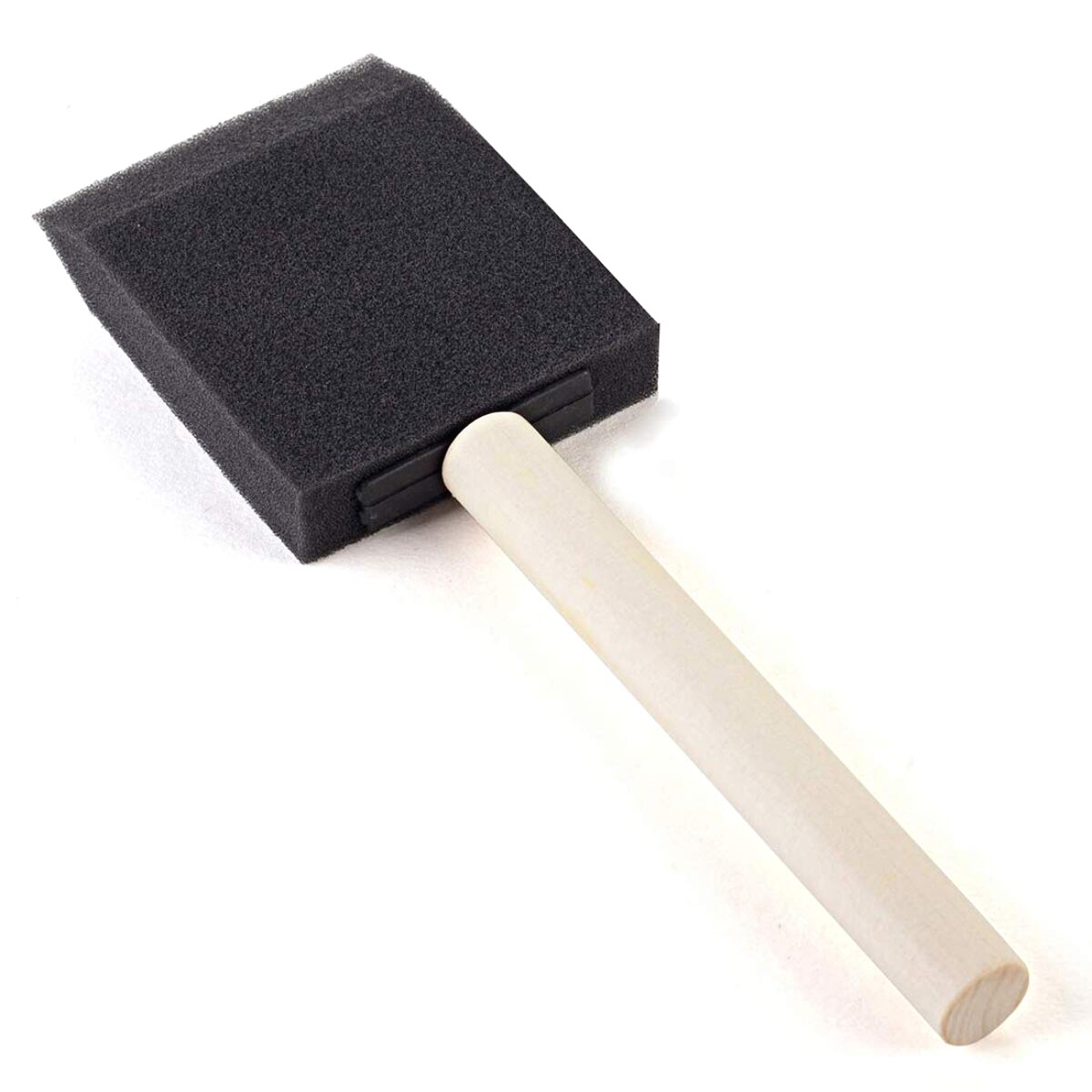
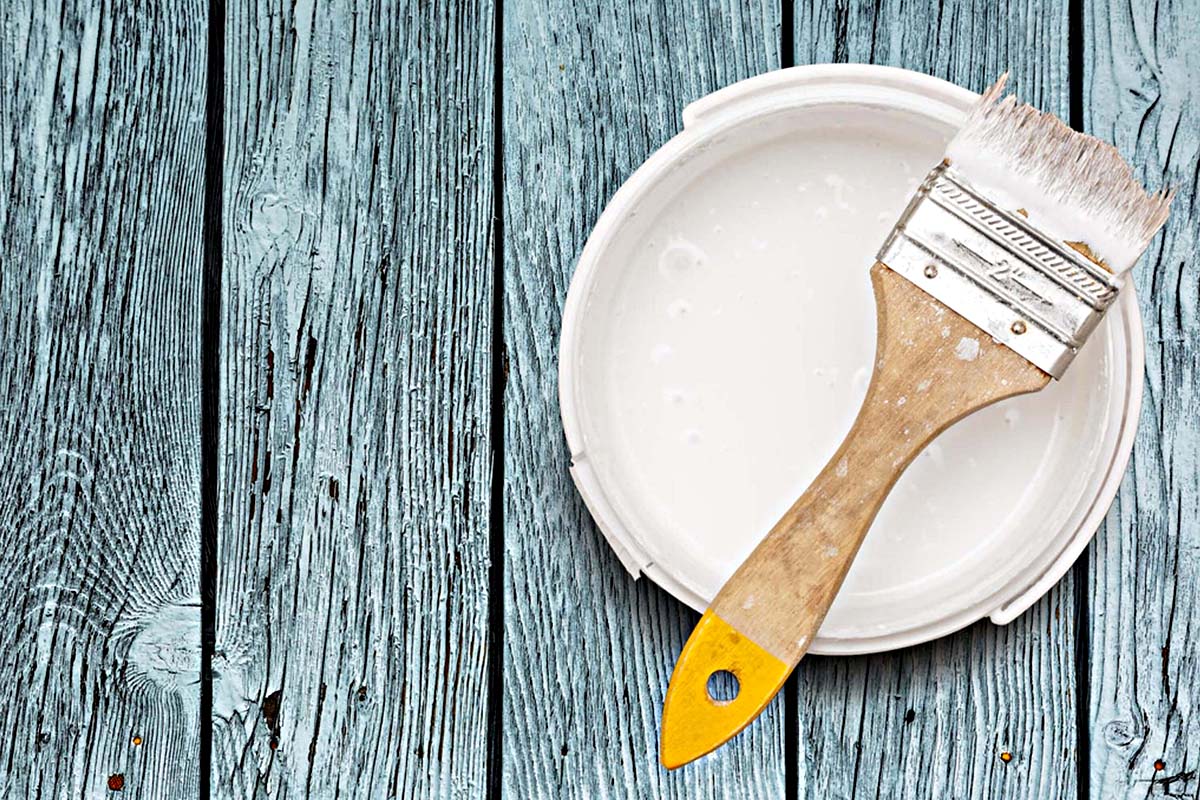
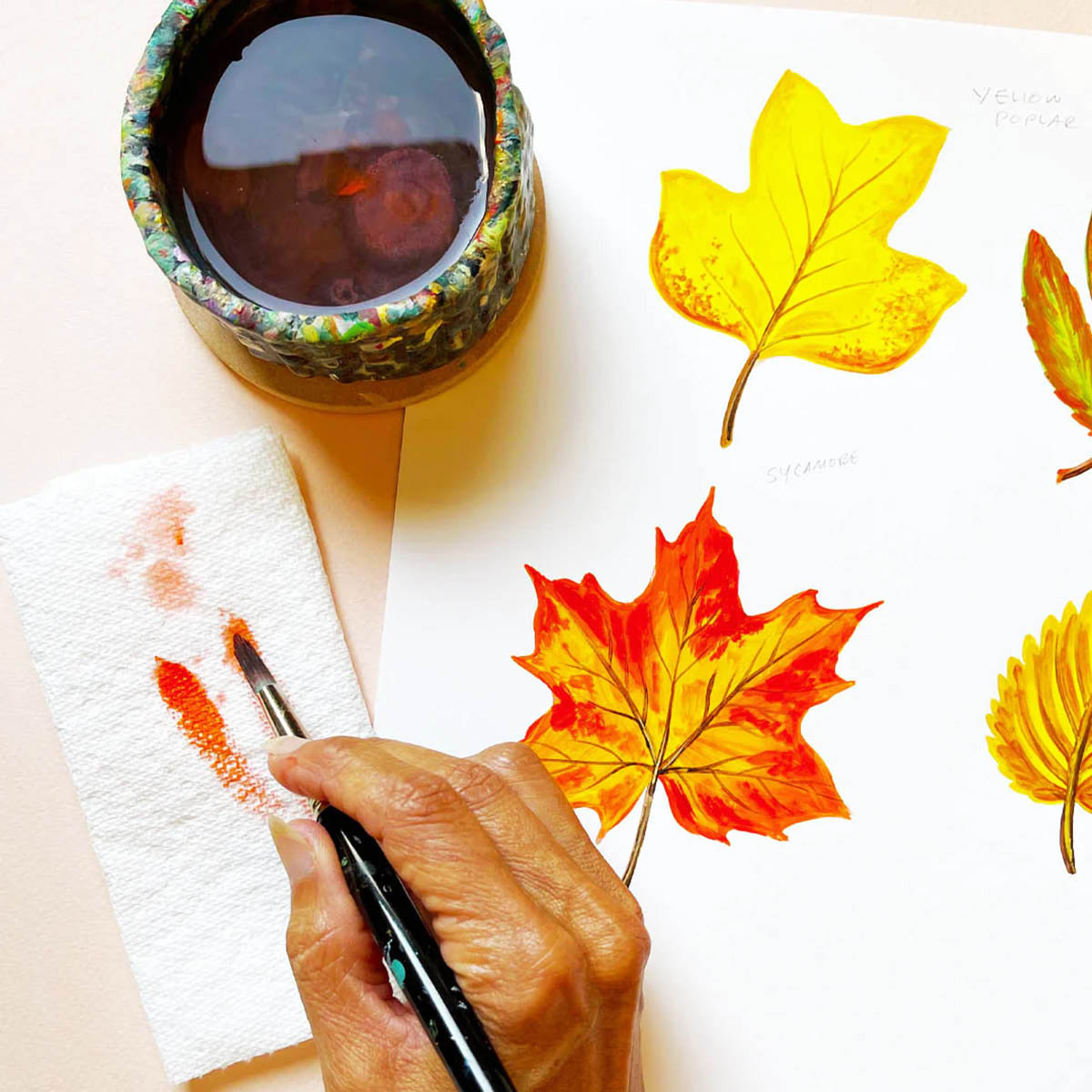
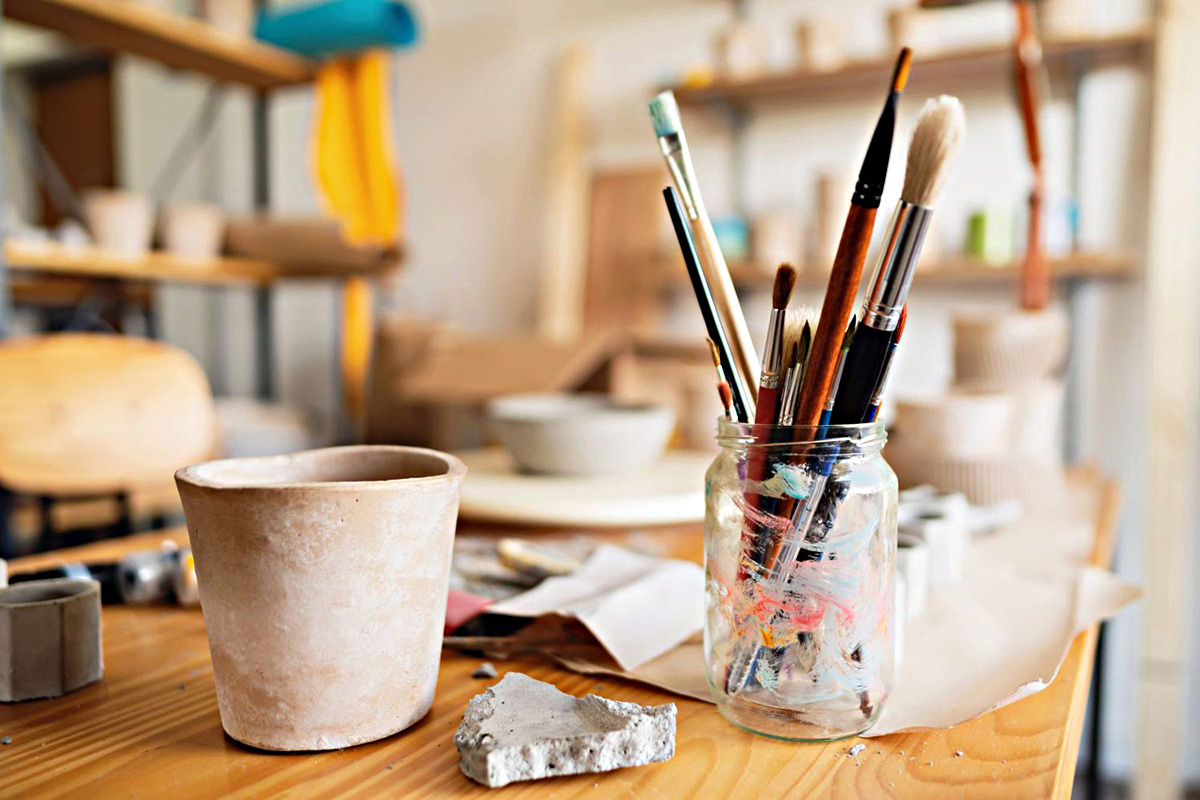
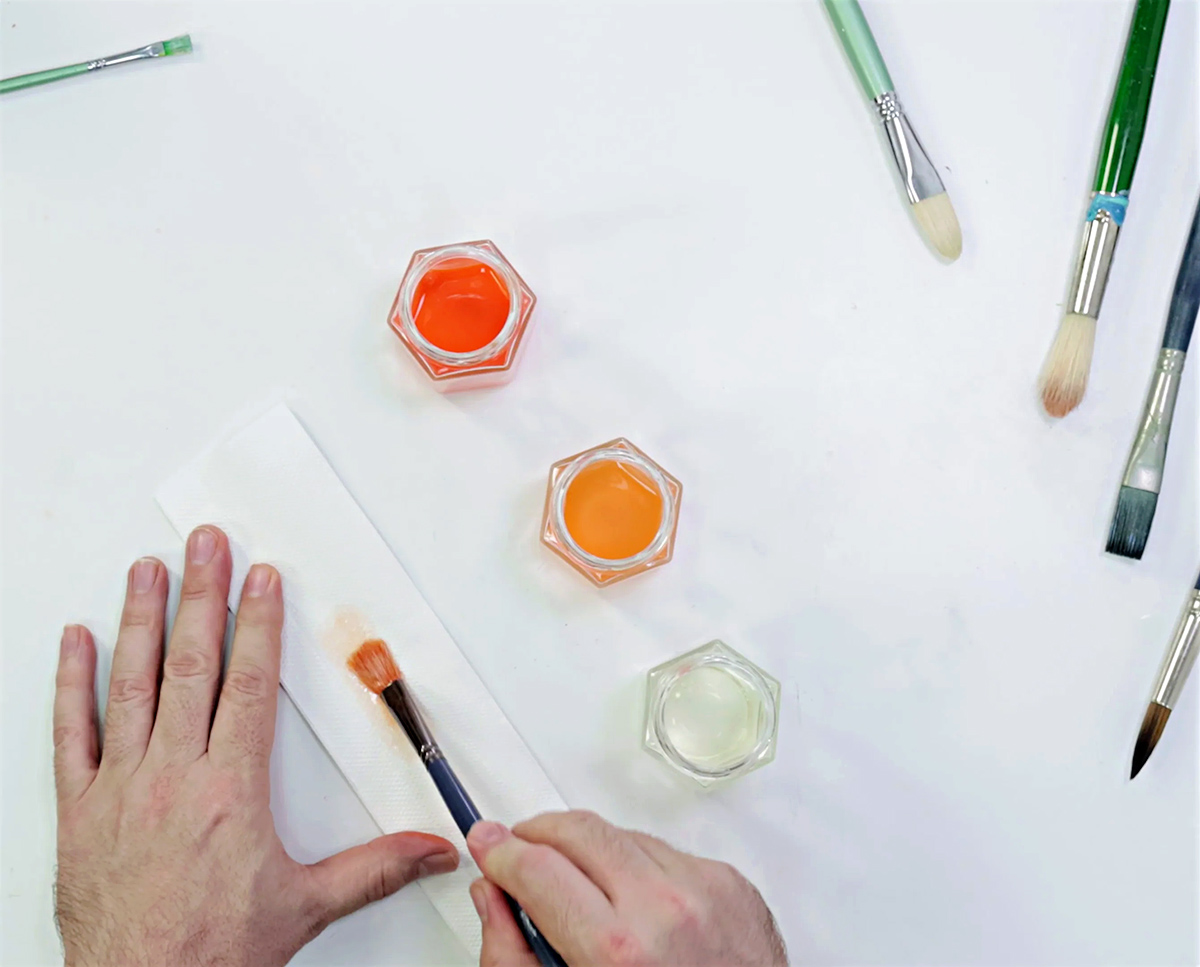
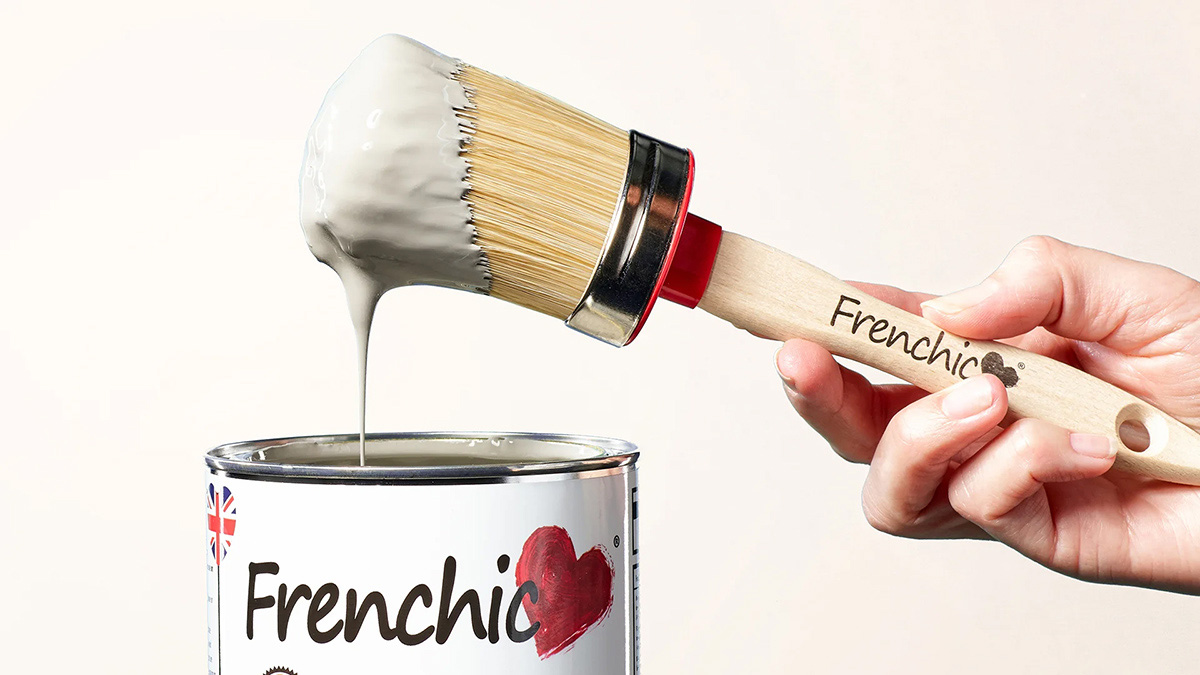
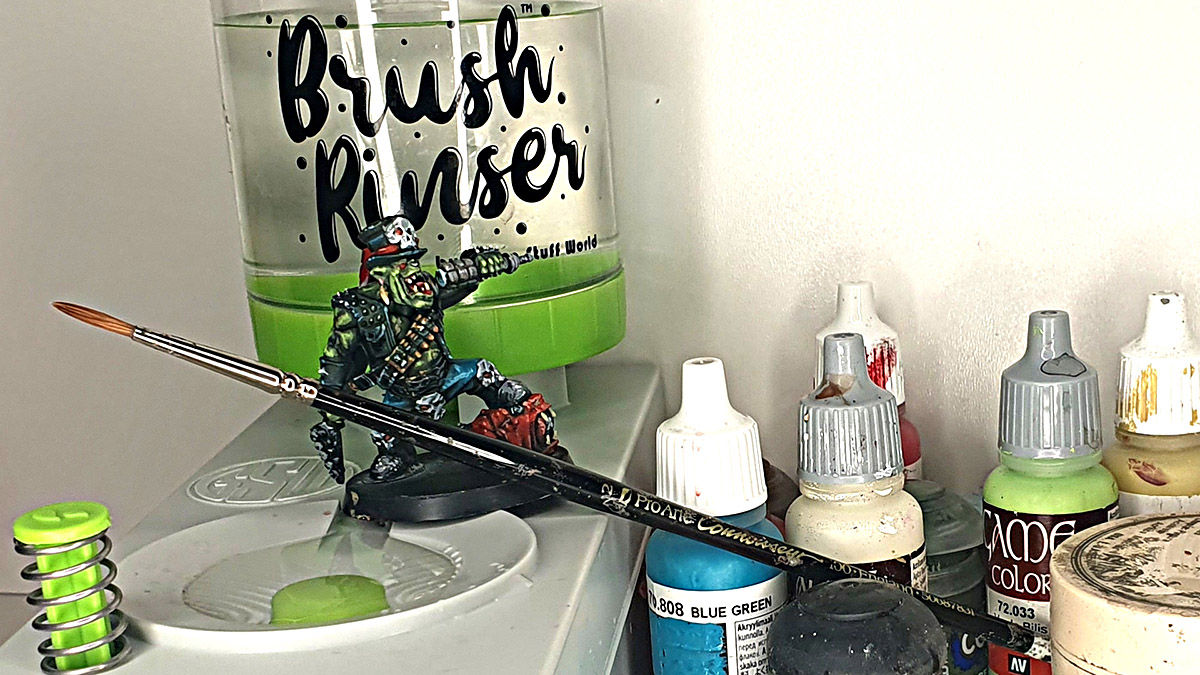
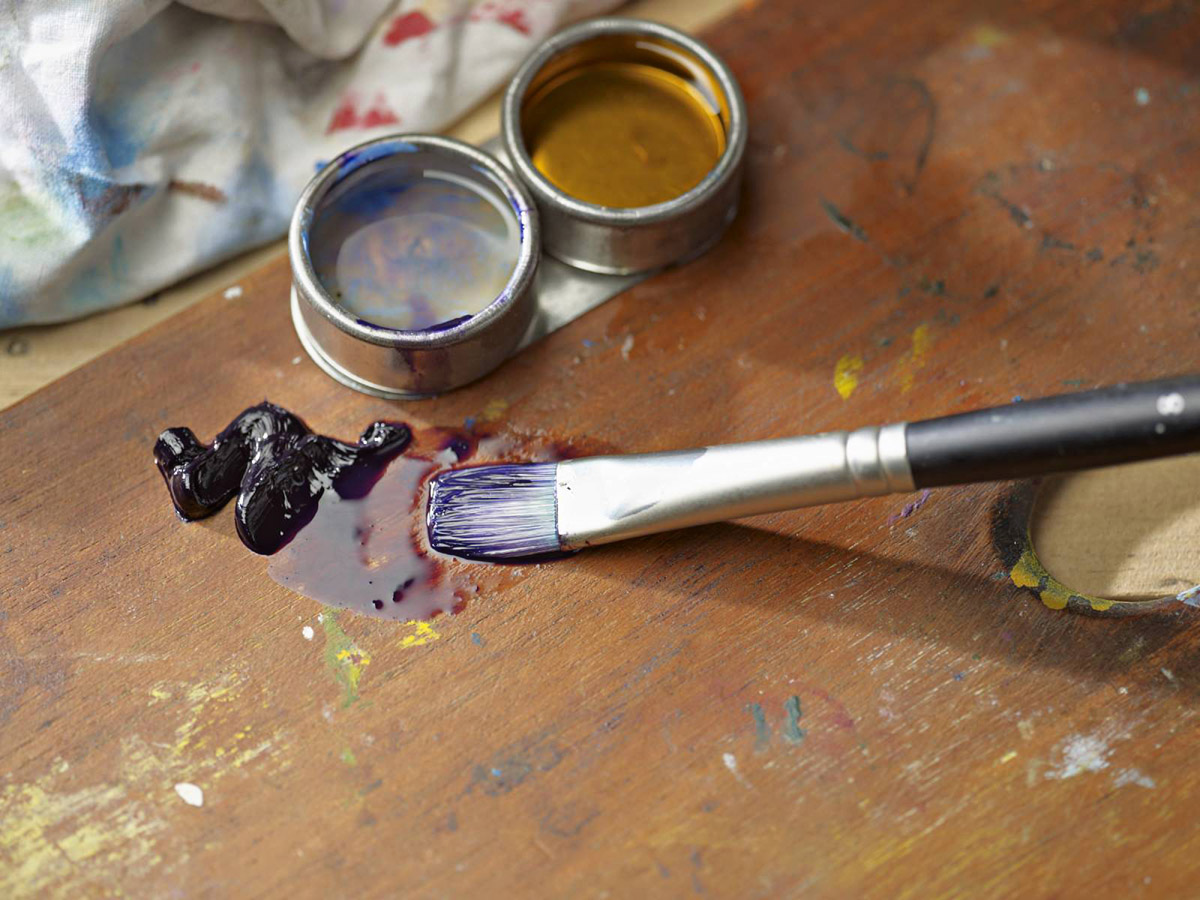
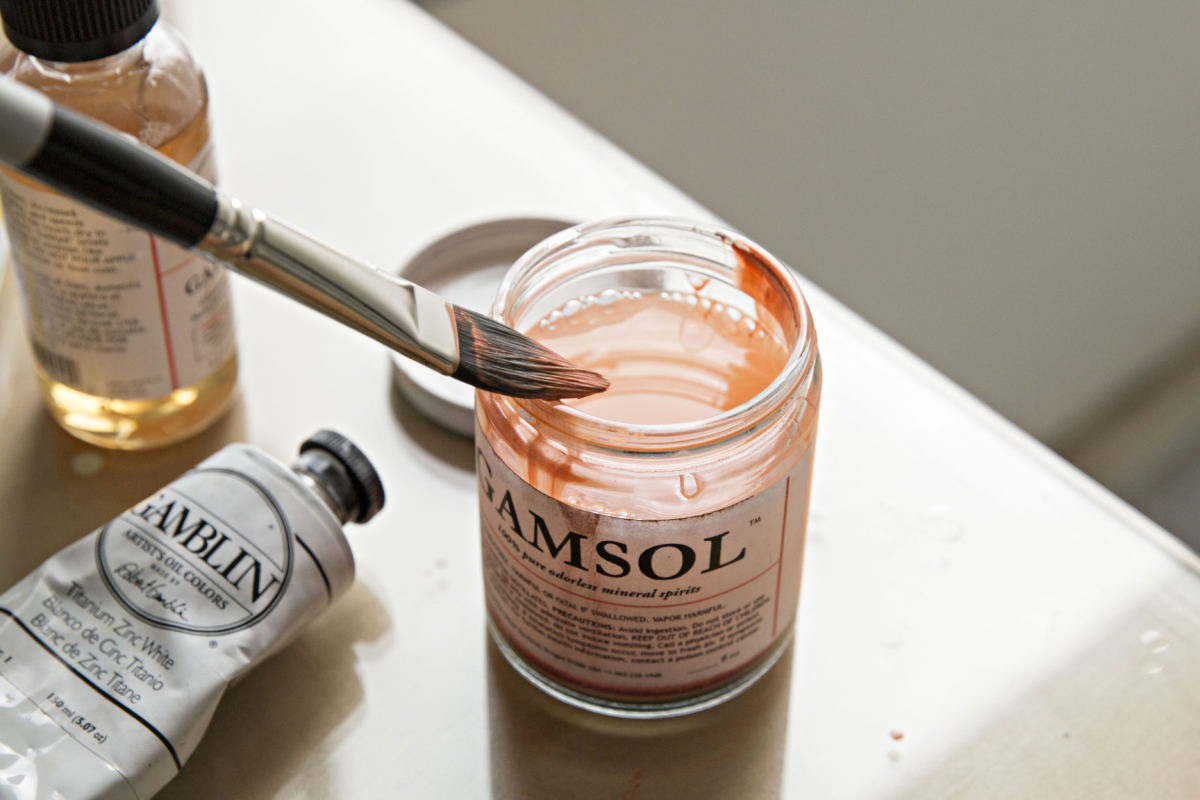
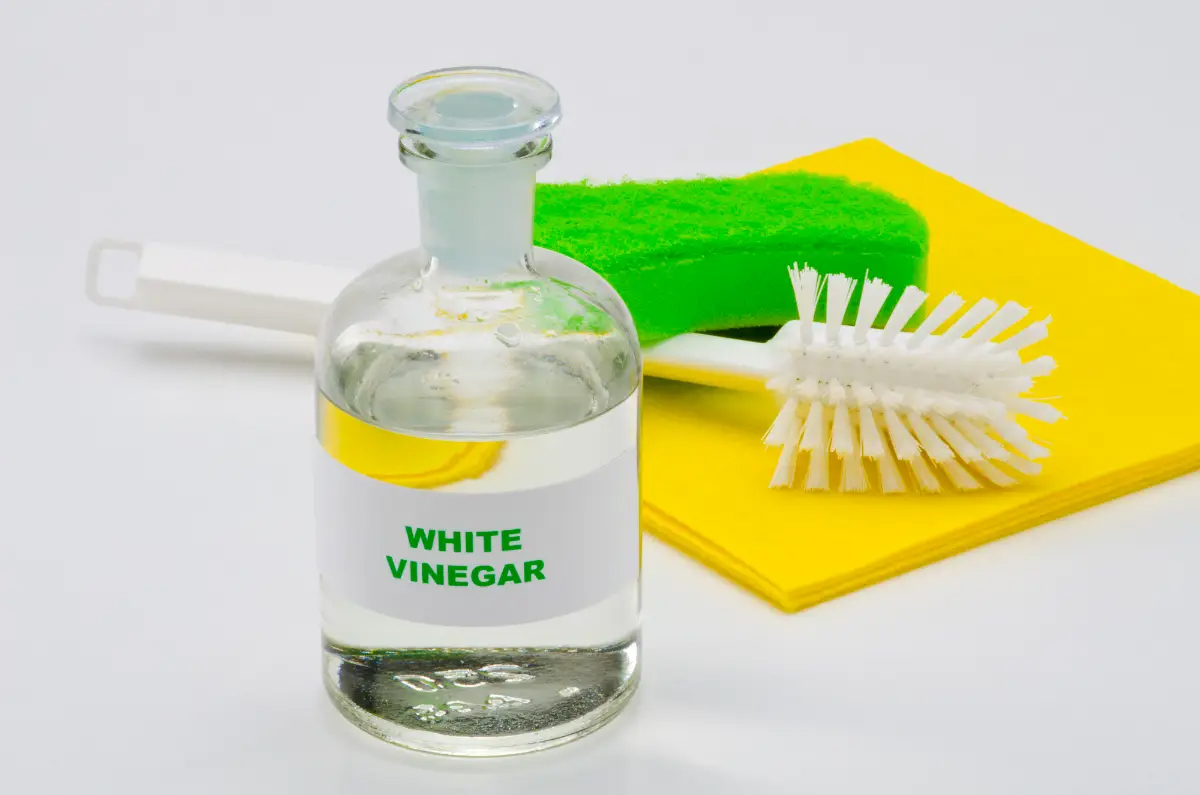
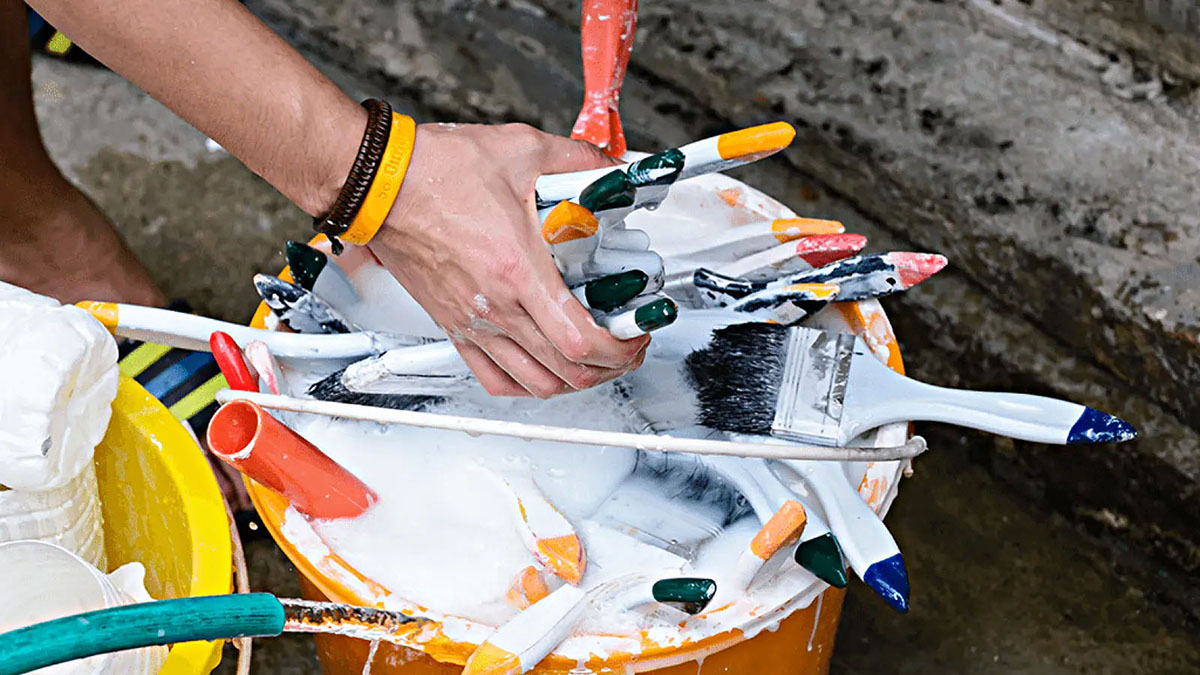
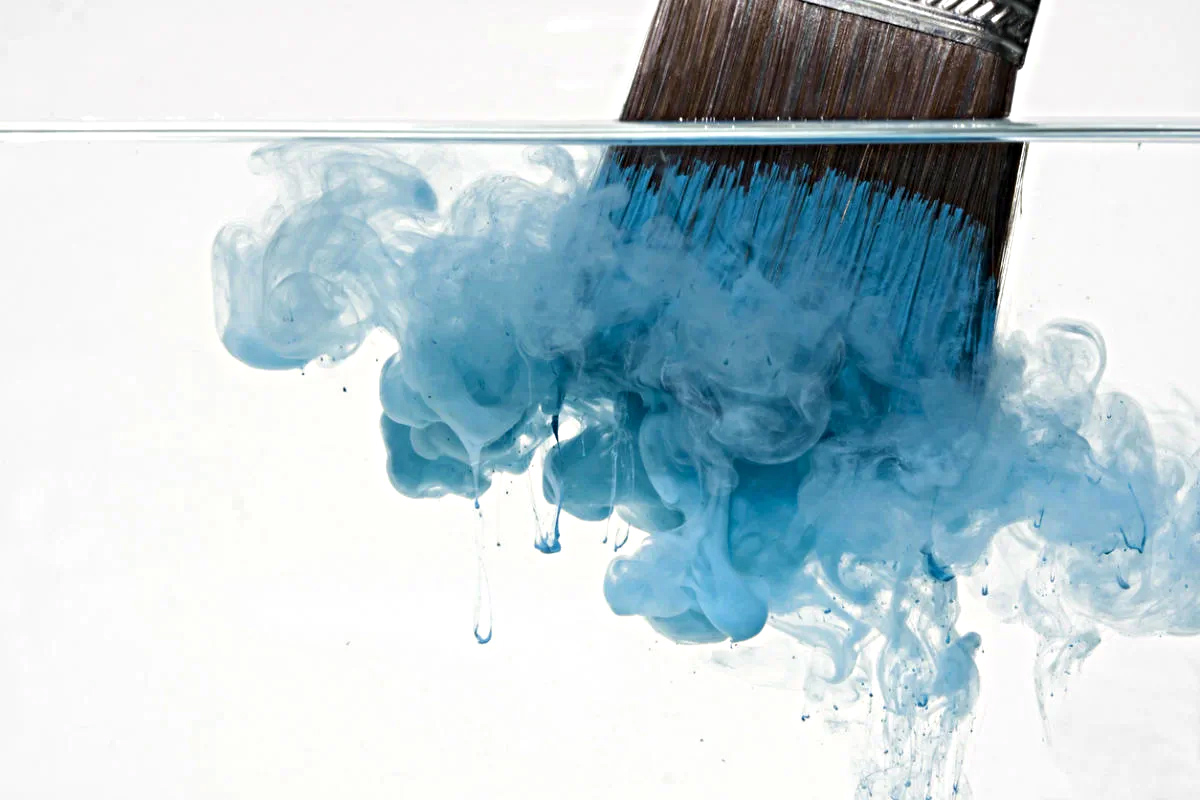
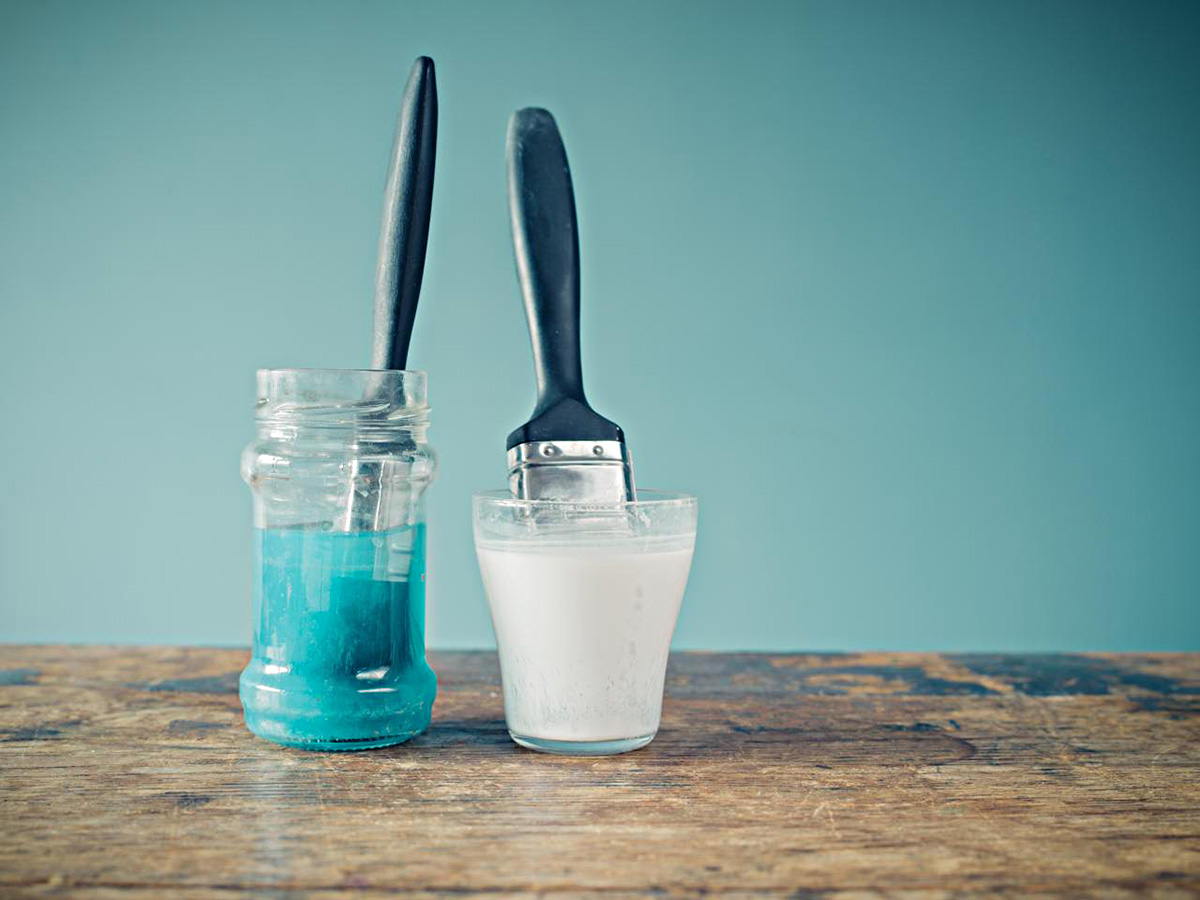
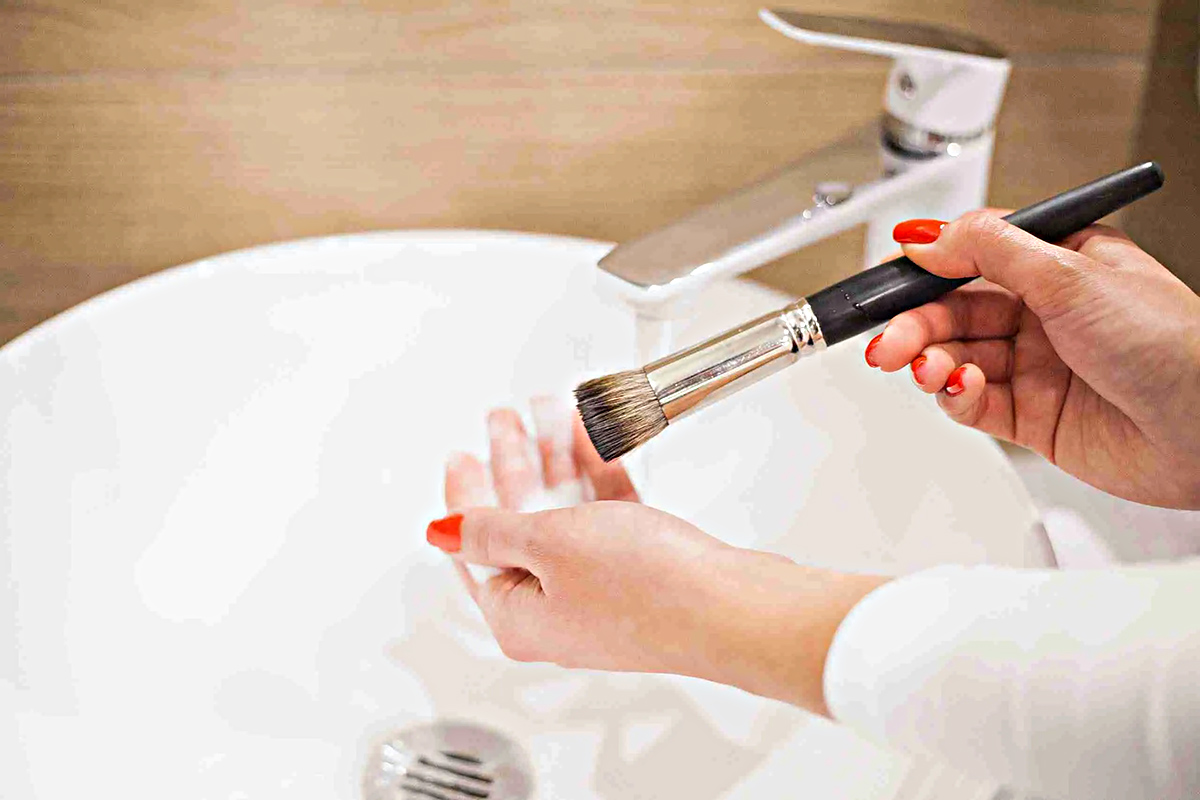

0 thoughts on “How To Clean Dried Paint Brushes”